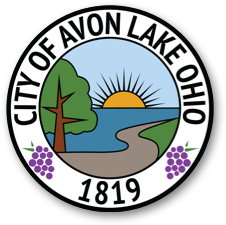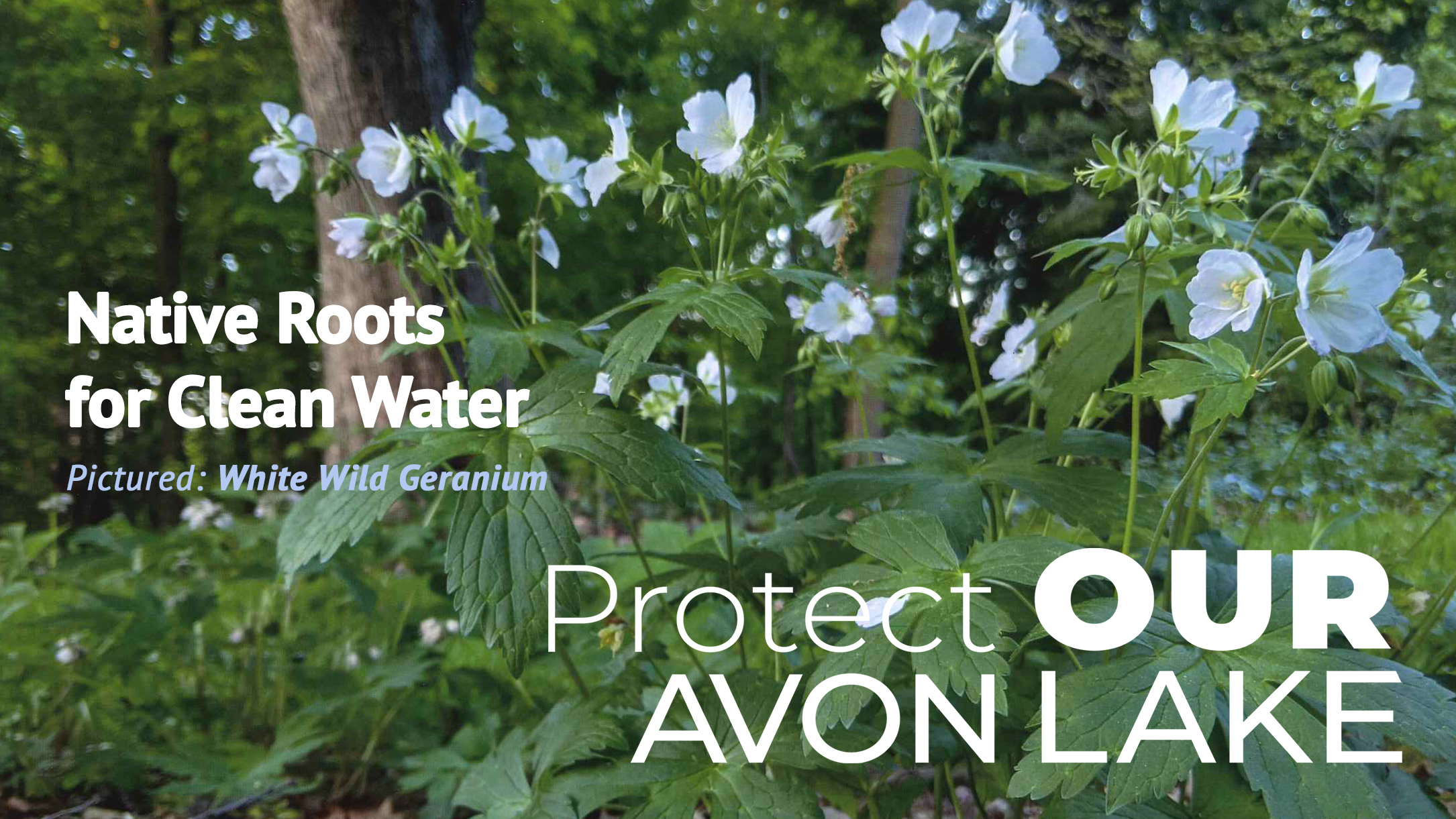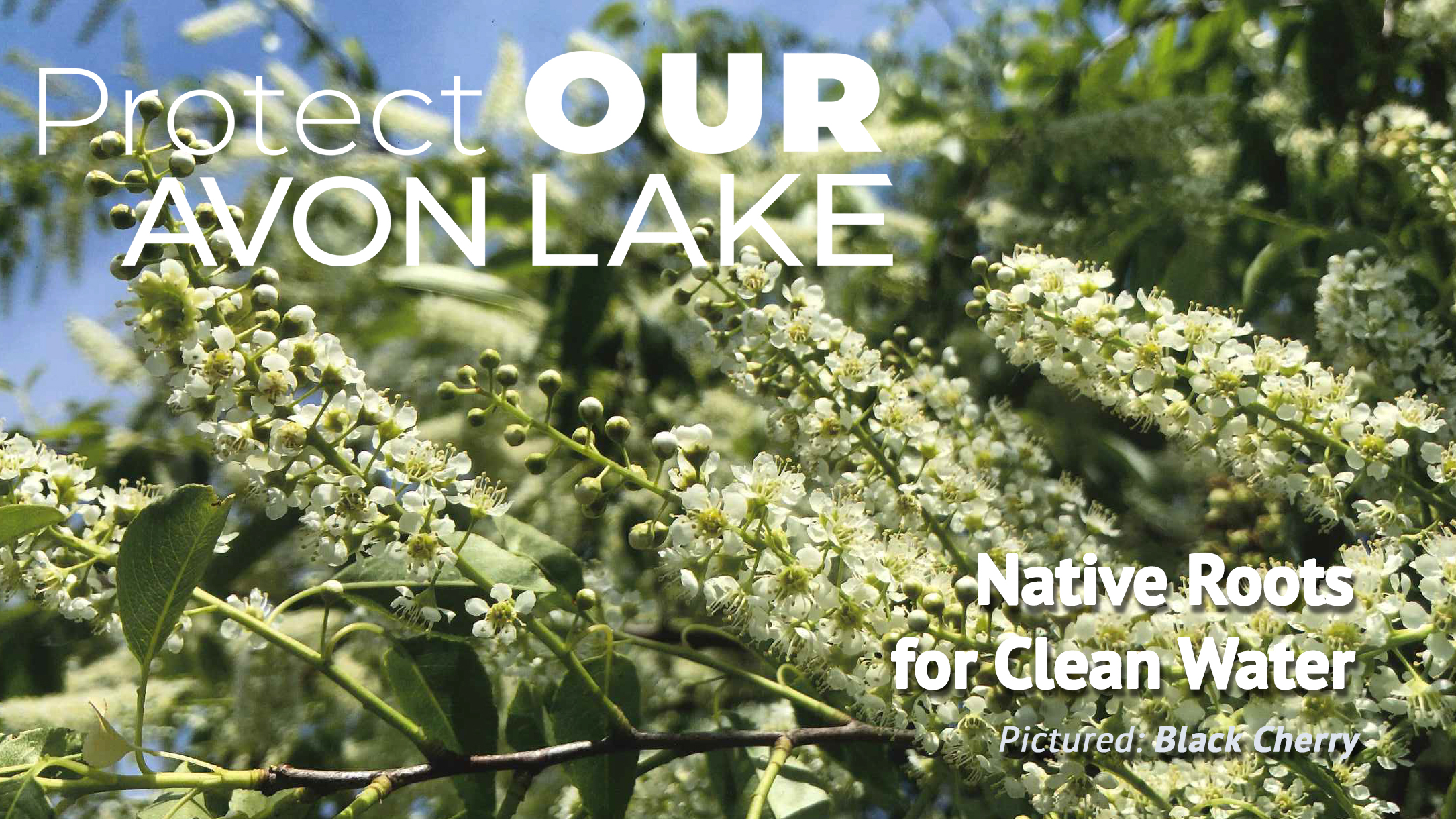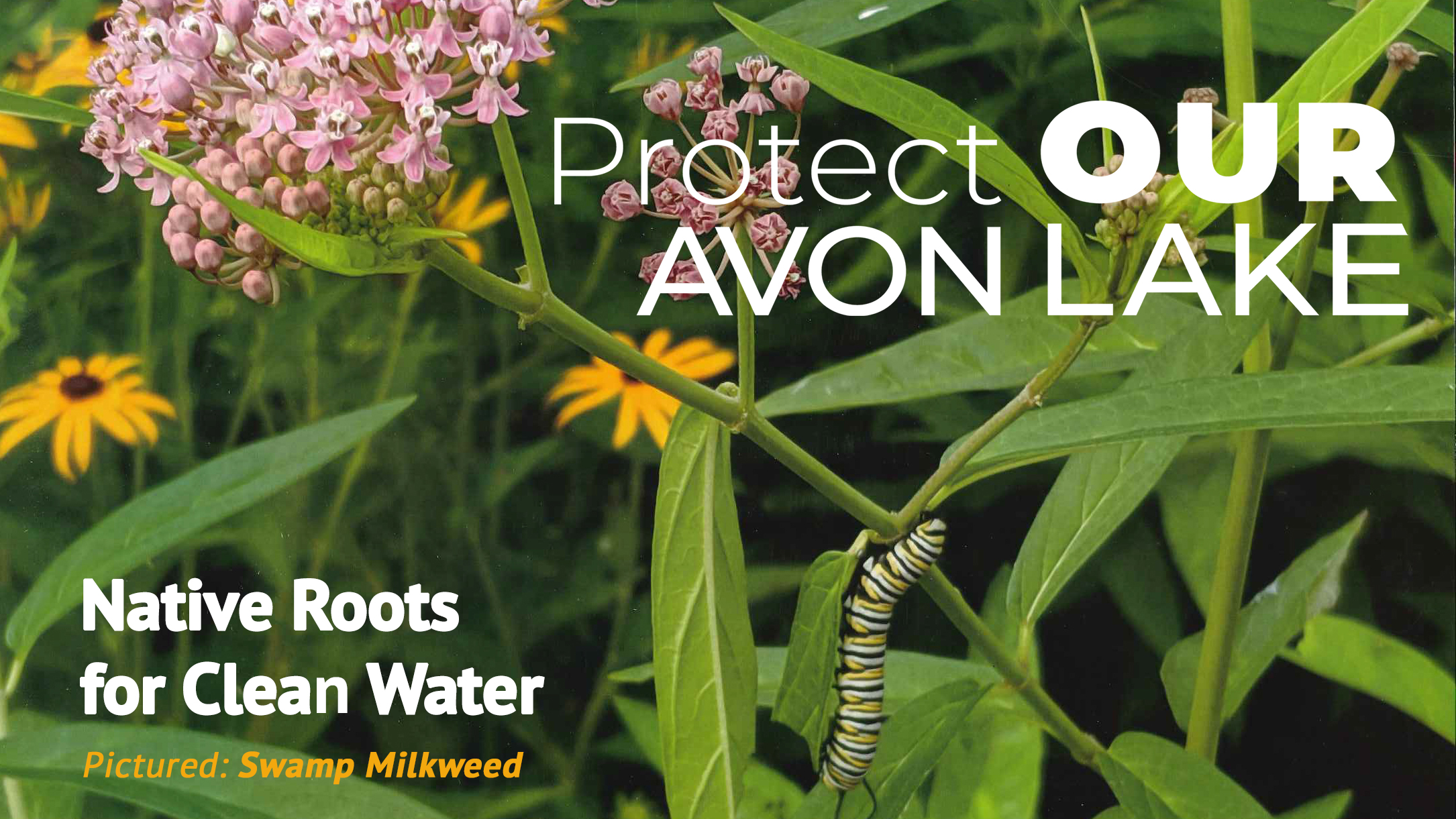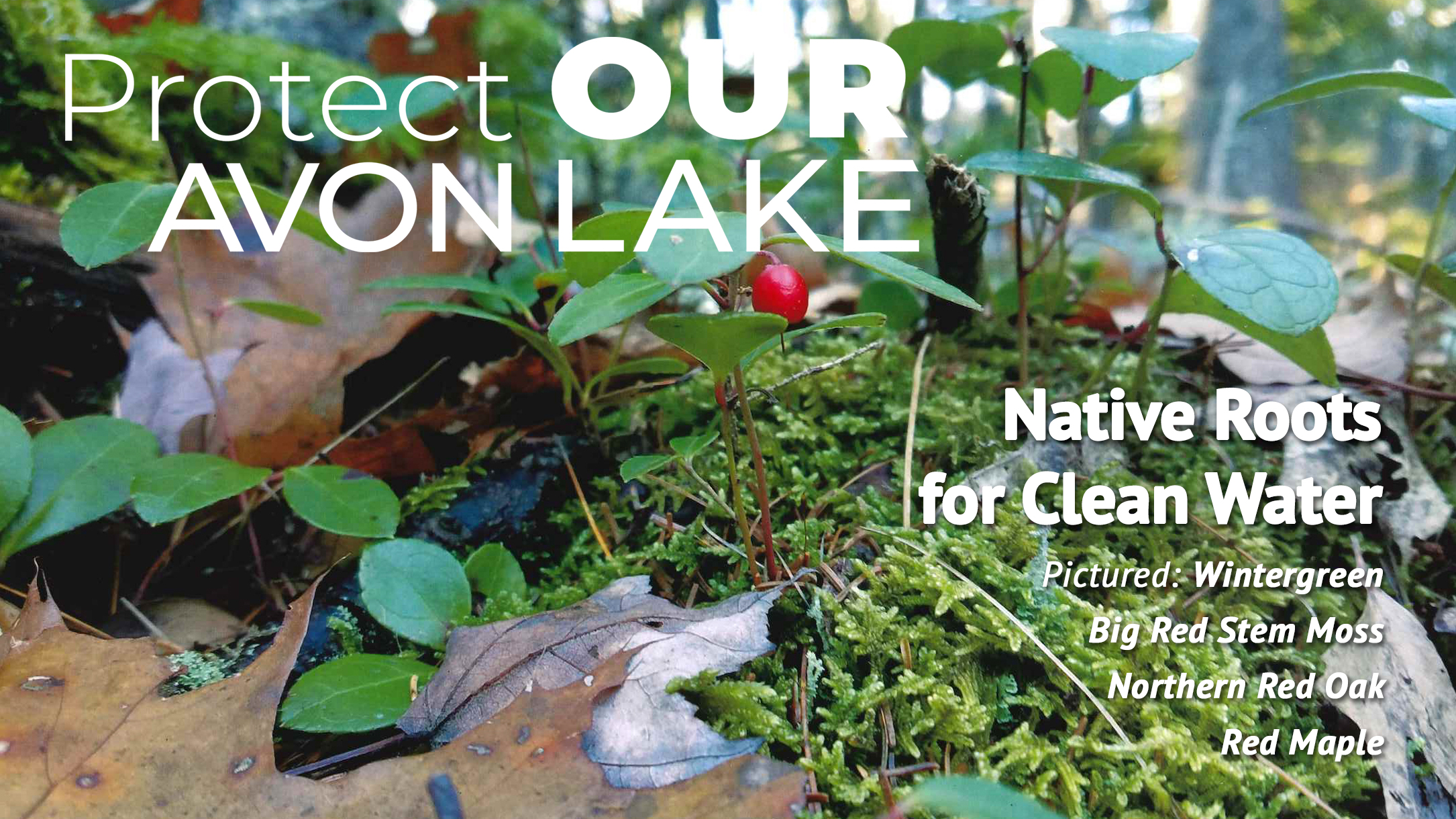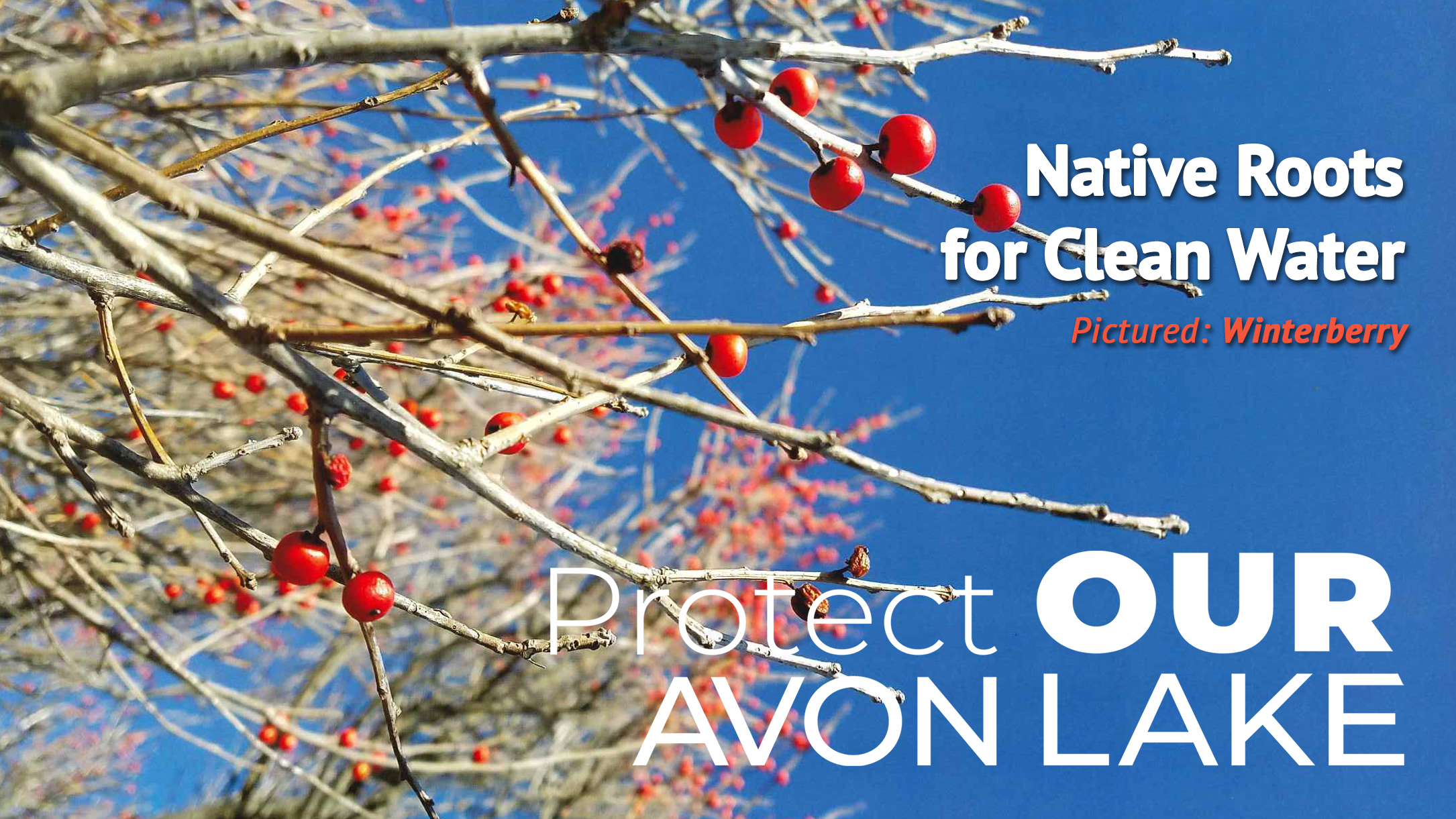
December Tip
Through the dreary cold of winter, humans across the world have created rituals of warmth and joy to get us through. And shouldn't Mother Earth be on your end-of-year gift giving list? Hopefully you've planted natives this year, gifted them to friends and neighbors, planted natives for each season, and you're settling in with a hot beverage to scheme your next year. This is the perfect time to flip dreamily through seed catalogues, sketch new gardens, and reflect on the impact you've made this year. How many gallons of stormwater do your new trees take up? How many new birds and insects have you seen on your property? We hope you've seen the reward of bringing more native diversity to your property.
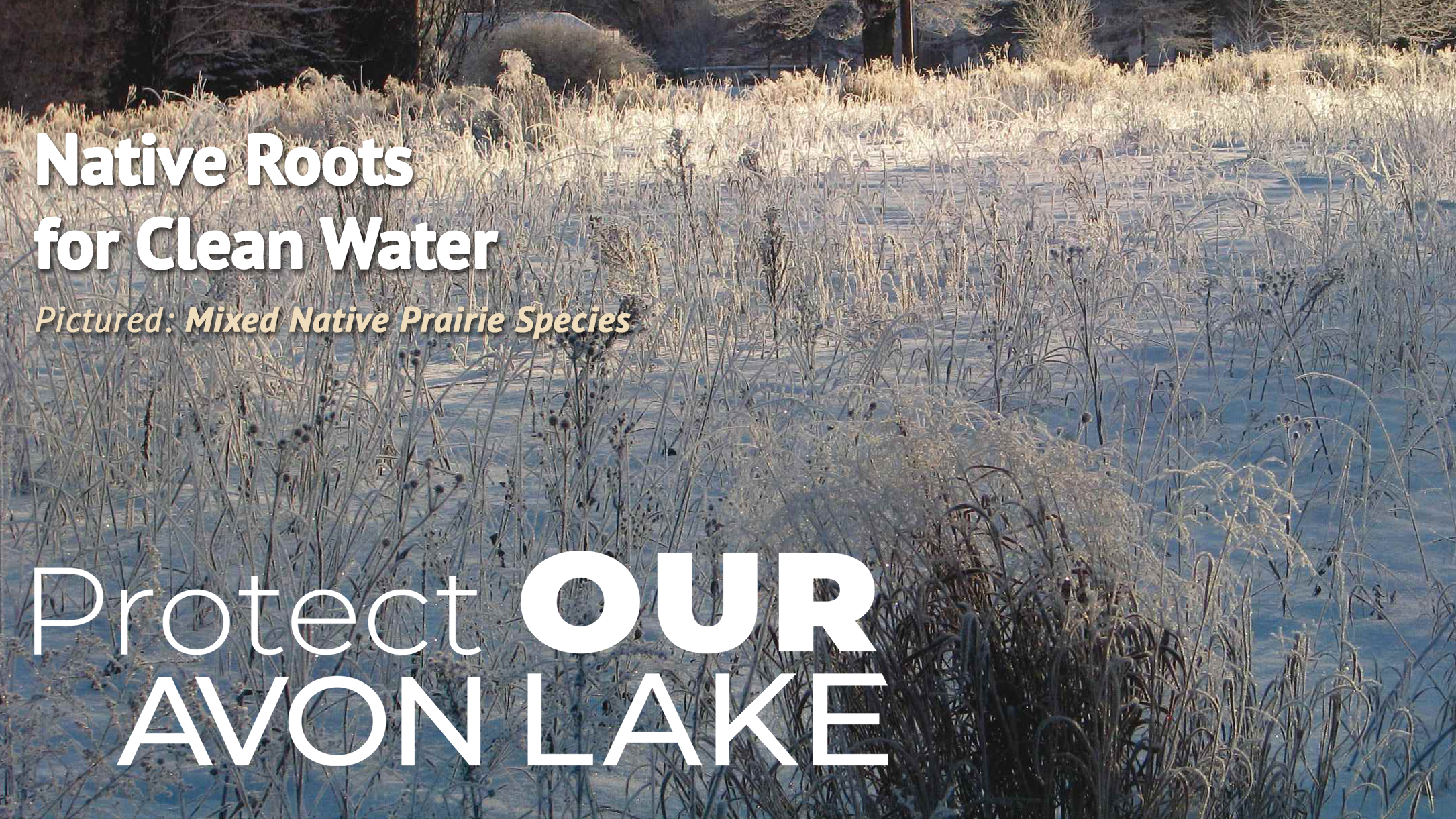
November Tip
It's a great time to harvest the seeds from native plants. Every plant and every seed is different. Some need a cold snap to open the seed coating, others will do just fine without. Leaving some to scatter and grow on their own is great, but harvesting and growing them can be quite fulfilling. Your hoemgrown seedlings can be planted where you want or shared with friends. There is a myriad of information on line about harvesting native seed and what conditions they need to grow. Try your hand at harvesting and growing native plants!
October Tip
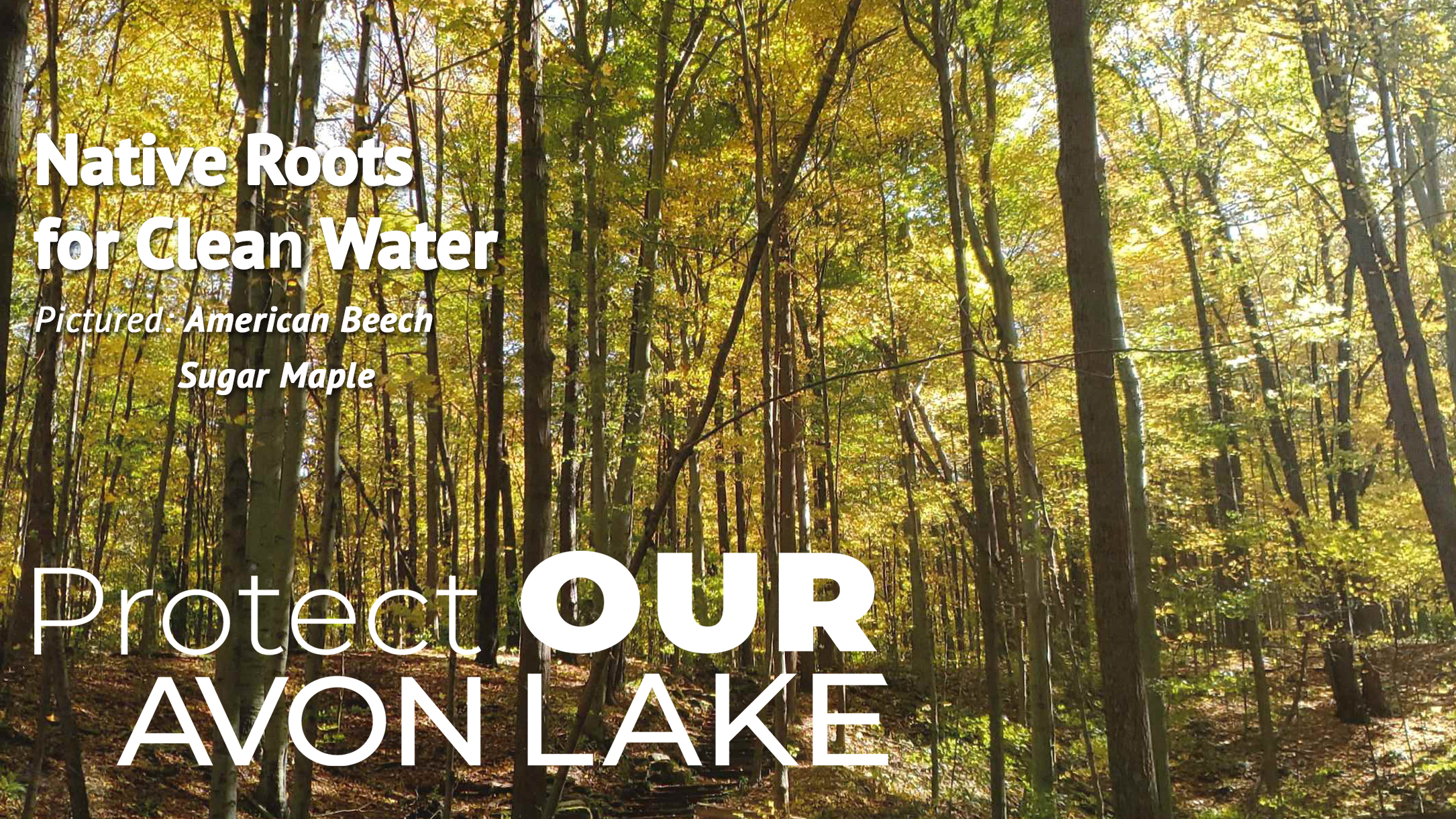
15 native trees and shrubs with beautiful fall color to plant in your yard include: Sassafras, Blackgum/Tupelo, Red Twig Dogwood, Serviceberry species, Scarlet Oak, Red Maple, Witchazel, Red Oak, American Hornbeam, Paw Paw, Sugar Maple, Sweet Gum, Sweet Birch, Pin Oak, Ohio Buckeye.
Most people don’t spend much time thinking about the management of water in our community. If it is available when we want it and goes away when we expect it to, we are happy. There are many people behind the scenes who work tirelessly to meet these expectations. The Northeast Ohio Public Involvement, Public Education (NEO PIPE) regional consortium members are these hard working people, including our Public Works team. Since 2002, the City of Avon Lake has collaborated with NEO PIPE to effectively develop and provide regional resources.
This year, NEO PIPE’s public outreach campaign is to educate the public of the value of native plants, specifically their roots, for clean water. The native plant movement has been popular with garden clubs for years because of their hardiness and value to the butterflies and pollinators. Now we have one more reason to favor native plants in our gardens - their deep root structure. These deep roots filter pollutants, help rainwater infiltrate slowly, and prevent erosion by stabilizing clay soil, which Avon Lake has plenty of. When the soil is stabilized it doesn’t erode into our water, therefore, keeping our waterways and lake clean.
September Tip
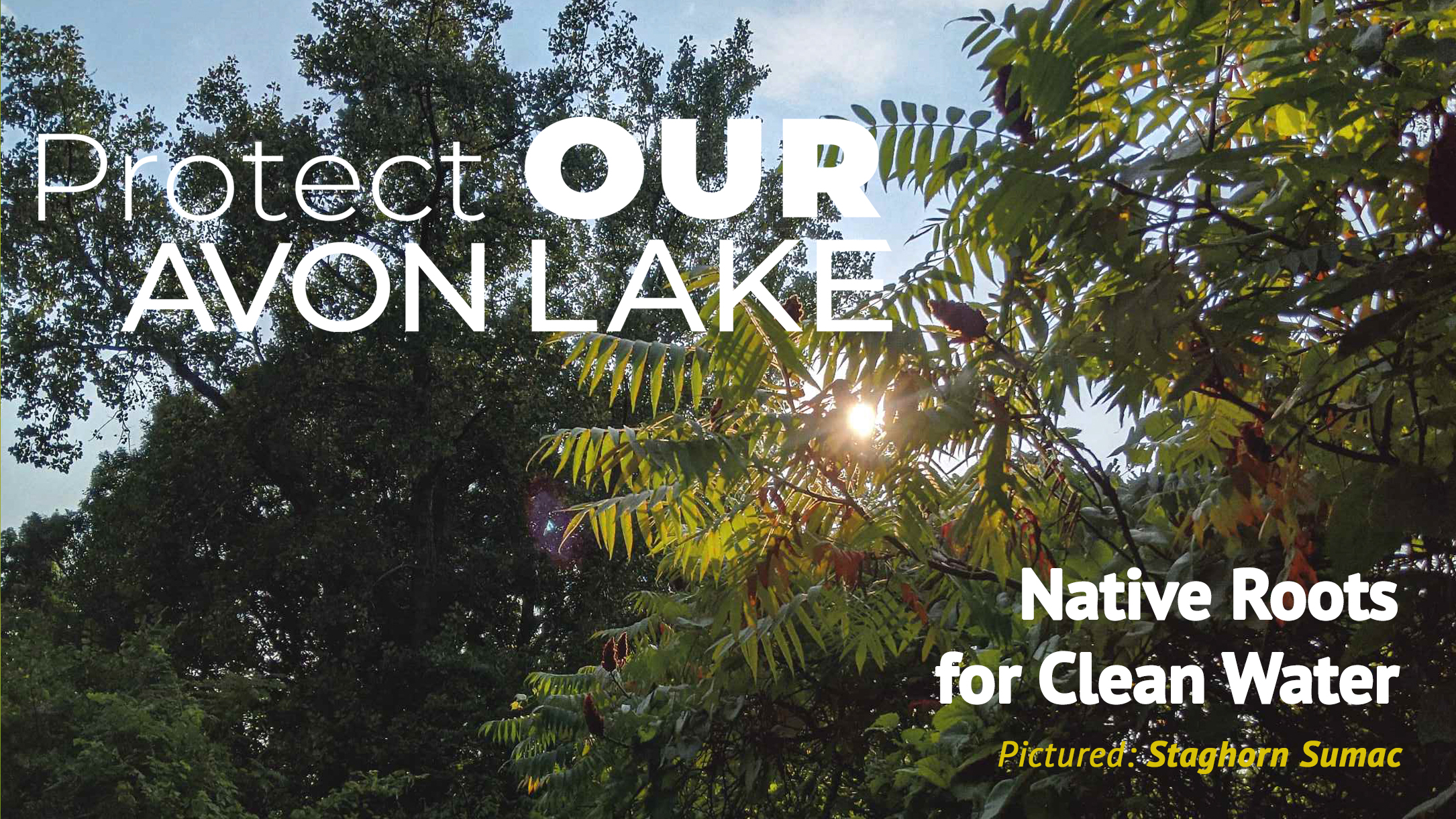
Keep your local wildlife fed all year round by adding plants, shrubs, and trees that bloom and fruit at different times. Plants like winterberry and coralberry can help birds and mammals well into the winter, until early spring when things like cut-leaved toothwort and golden ragwort are just starting to offer nectar to emerging pollinators. Berries, nuts, and seeds keep wildlife happy and coming to your yard for your enjoyment.
August Tip
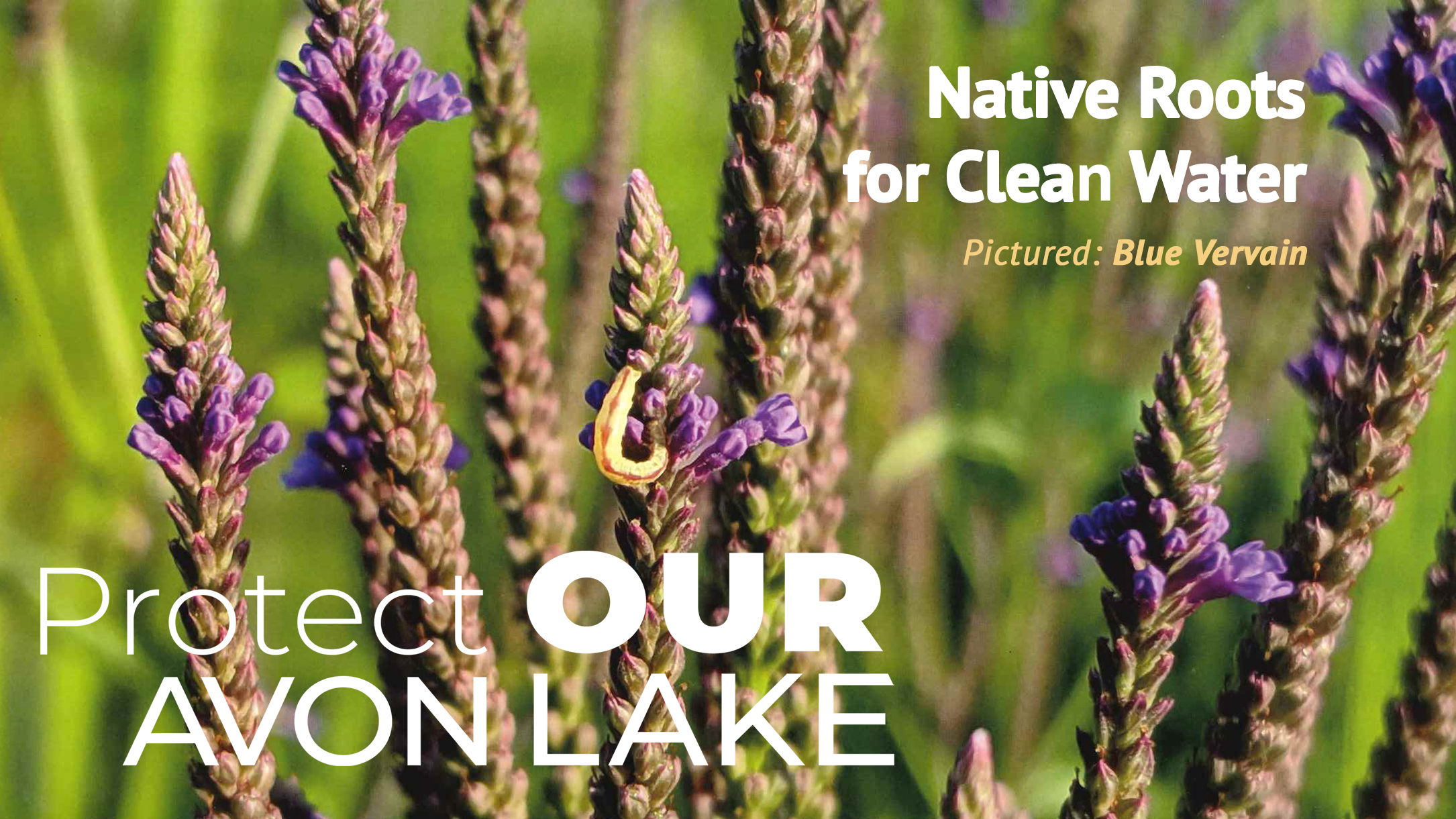
Have you ever thought of planting a rain garden? These gardens are not raised, but are sunken into the ground to absorb storm water, filter pollutants, and provide habitat for pollinators. Direct downspouts or other storm water drainage to the garden to keep the water out of the storm sewers. In a rain garden, the long roots of the native plants help to temporarily retain water and replenish groundwater.
July Tip
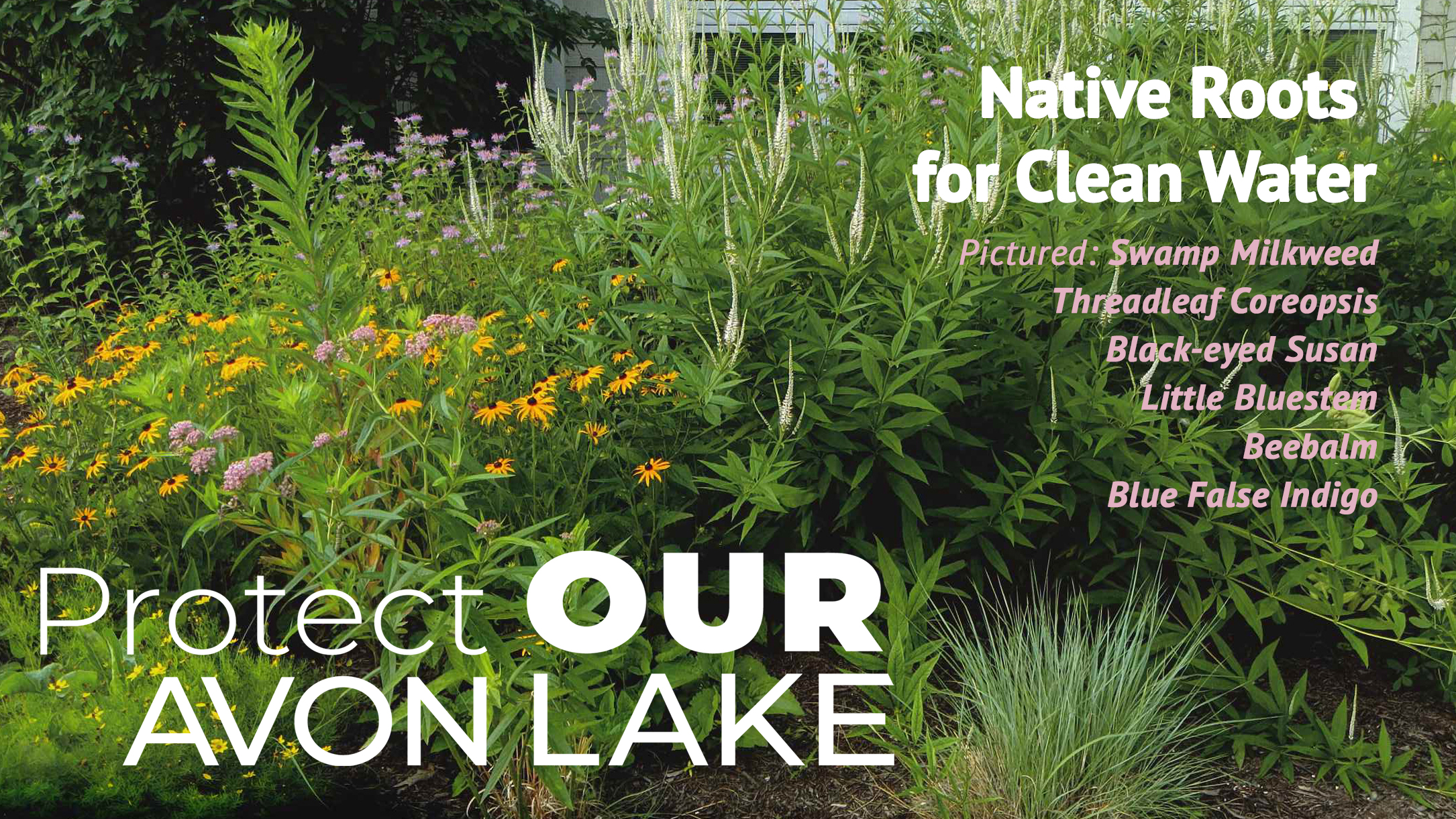
When it comes to growing native plants, there are opportunities abound on every landscape! From window boxes to farm fields to corporate campuses and backyard corridors - every site can be a native planting opportunity. Review your location with new eyes and add more native beauty and pollinator habitat to your landscape!
June Tip
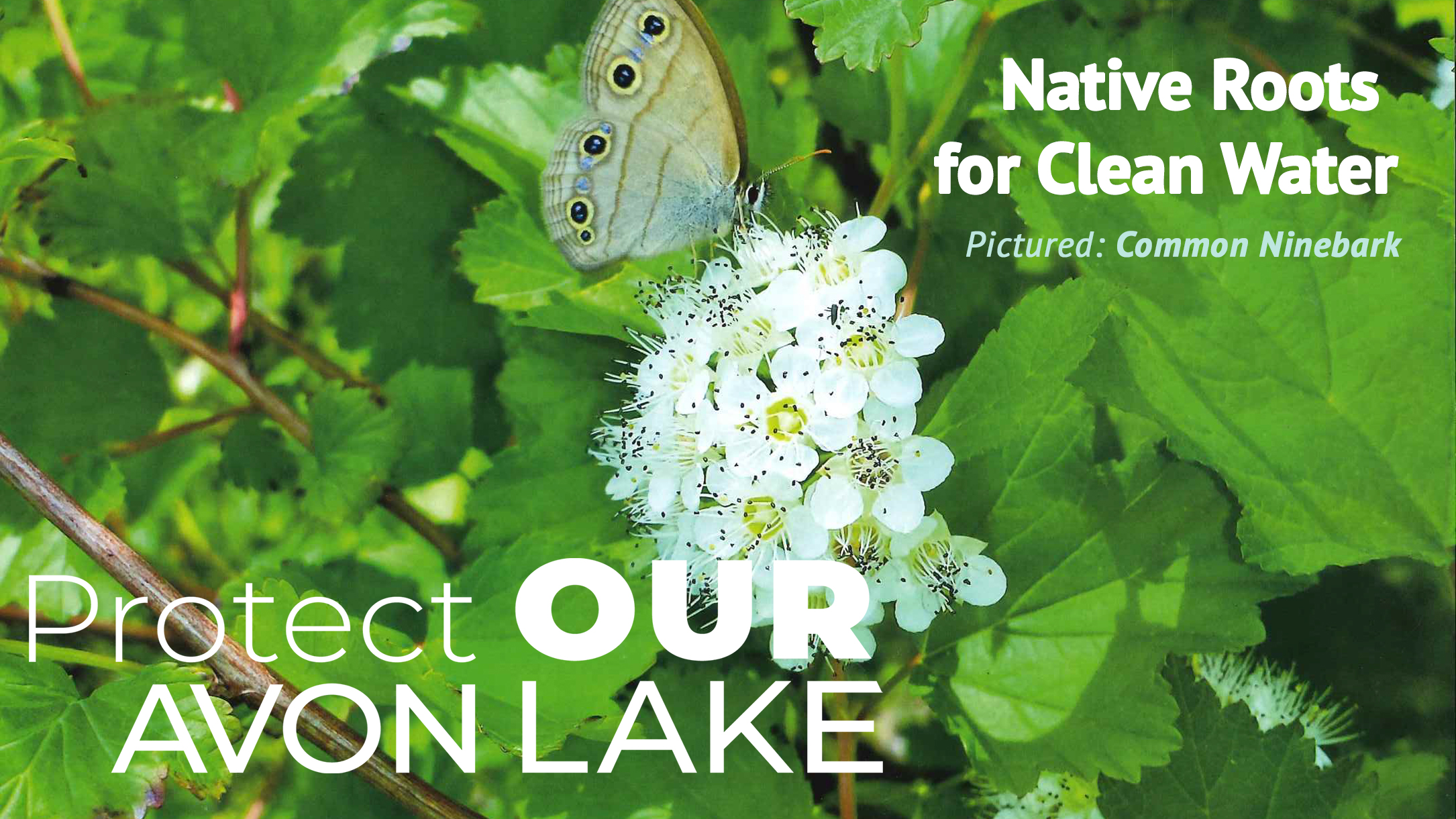
Consider making the switch to Ohio native plants. Invasive species create monocultures and decrease the overall health of our local habitats by spreading into natural spaces. Replace invasive species like bush honeysuckle, Japanese barberry, callery pear and multiflora rose with native plants like silky dogwood, red oak, or ninebark. Having plants native to Ohio supports native wildlife. Planting them around your home can attract pollinators and birds to visit your yard.
May Tip
After a long winter, spring ephemerals start growing again, usually emerging then flowering before the leaves grow back. They're a sign that spring is coming and are critical for providing nectar for early emerging pollinators. However, factors like poor forest conditions, invasive species and trampling result in the decline of wildflowers. Starting a woodland garden is a great way to support spring ephemerals and early pollinators.
April Tip
Trees give us so many benefits. Native trees provide food and shelter to thousands of species of insects, birds, and mammals. Trees absorb large quantities of stormwater, preventing flooding and erosion. They also improve air quality and can keep your home cool with their shade. Caring for trees is critical, especially in their first few years. Keep the well-watered during summer. Mulching in a donut-shape regulates moisture and temperature, but it should never touch the trunk. This will kill the tree over time! Occasional light pruning encourages a healthy shape to keep your tree happy for years to come.
March Tip
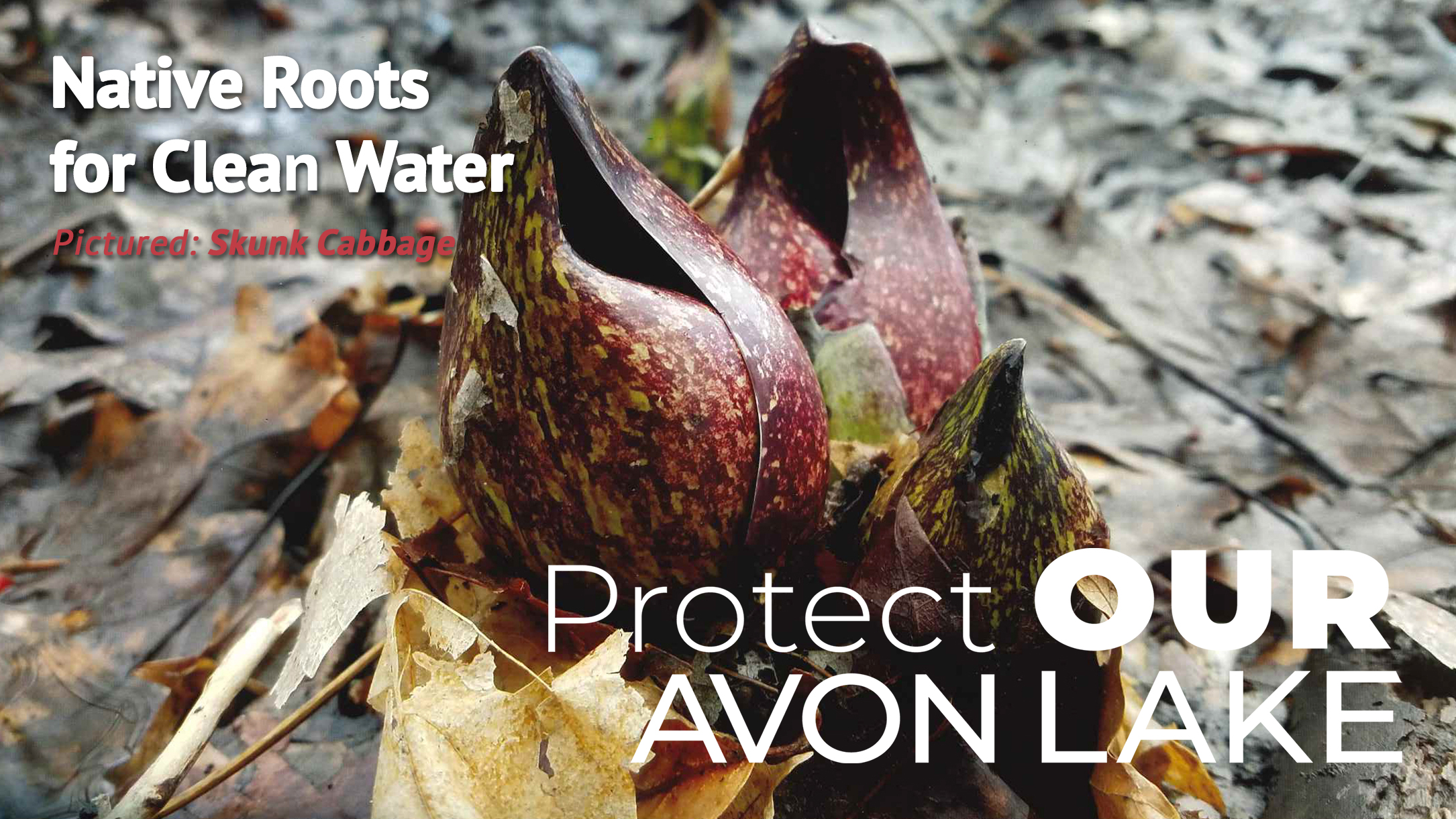
March is a mucky, messy time of year. Snow is melting, we have some warm days, but we're not done with winter just yet. Resist the urge to prune back and remove last year's dead material for a bit longer! Critters are still using the hollow stems and debris as habitat while spring decides if it's ready to stay yet. But spring is coming! The native skunk cabbage is blooming, and perhaps has been for a month or so. This incredible plan can create its own heat to melt through snow and ice to bloom with maroon flowers that are pollinated by ants and flies.
February Tip
Native plants love native insects! The native insect and plant species in Northeast Ohio have been evolving together for over 10,000 years since the glaciers retreated. Native plants provide food and other forms of habitat for insects, while insects provide pollination and predator control for the native plants. This means that they work together in harmony to provide a sustainable, organic ecosystem which requires no synthetic fertilizers, pesticides, or herbicides. The relationship of the monarch butterfly and milkweed host plant is a good example of co-evolution, since the monarch depends entirely on milkweed to complete its life cycle.
January Tip
Make a resolution to incorporate more native plants in your habitat. It’s a great time of year to research and plan what you want to grow and purchase for you gardens. Perhaps you want to take up some grass and expand your native plant garden or install a brand new one? Maybe a rain garden is on your list of projects? January is a great time to put pencil to paper and plan out your garden habitat.
RESOURCES
Below are resources to help you get started or add to your native garden. If you have a resource you would like to share, please send it to us, digitalmedia@AvonLake.org so we can all Protect Our Avon Lake together.
- The Lady Bird Johnson Center hosts a Native Plants Database where you can explore a wealth of native plants in North America. You can narrow down your search by state, appearance, lifespan, soil, light required, bloom, characteristics, and size from 25,198 native plants. Also, the plants are listed by both their scientific and common name. Or you can choose a particular family of plants.
Lady Bird Johnson Center Website.
Also on the site is a database with a national supplier directory: Avon Lake Region Suppliers - The OPN Seed website has been a source for native wildflowers, native grasses, and native seed mixes since 1998. Their staff will take the time to help you achieve your native seed goals and create an ecosystem that benefits pollinators, supports sustainability, and beautifies landscapes. The website hosts an informative blog, and you can order seeds from the site.
OPN Website - The National Wildlife Federation's This Garden for Wildlife™ platform helps you discover how each of us can make a difference for wildlife and people by planting the right plants for the right place. You can access native plants, create a beautiful garden habitat and map the difference you make for wildlife. Native plants, which are critical in providing wildlife with food, cover and places to raise their young, have disappeared rapidly due to development, pollution and climate change. As a result, iconic species like the monarch butterfly, along with songbirds and other wildlife are experiencing catastrophic declines. Garden for Wildlife™ is committed to providing people the native plants and natural gardening tips and resources required to address critical backyard wildlife species decline at scale. National Wildlife Federation Website
- The Toledo Zoo sells native plants with pre-sales starting April 1, 2022.Toledo Zoo Website
- If you would like a free 2022 calendar with monthly tips and beautiful photographs of the native plants seen here, stop by Avon Lake City Hall, 150 Avon Belden Road and ask for one from the Public Works Department.
- Winter Watershed Practices: Landowner Tips - While winter is a season full of wonder and adventure, it can also be harsh on our cars, roads, and watersheds! Read on for some winter tips on how you can protect all three this year.
- Consider lawn care alternatives to nurture a healthy pollinator environment. Bee City USA
- To reduce demand on stormwater management systems and to add beauty to your landscape consider a rain garden. Xerces Society
The City of Avon Lake does not endorse or assume responsibility for the accuracy of any of the information offered by these websites.


